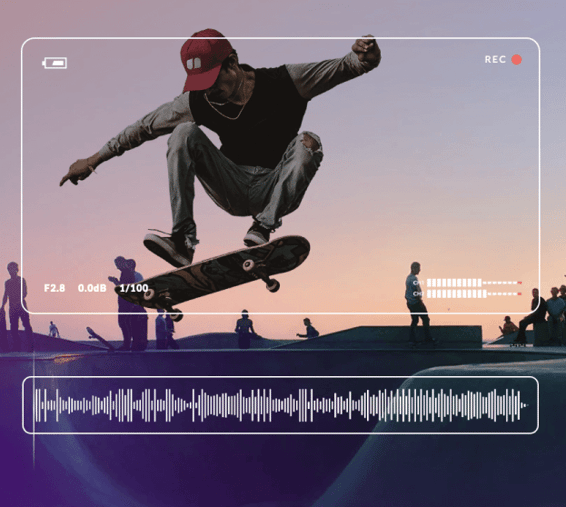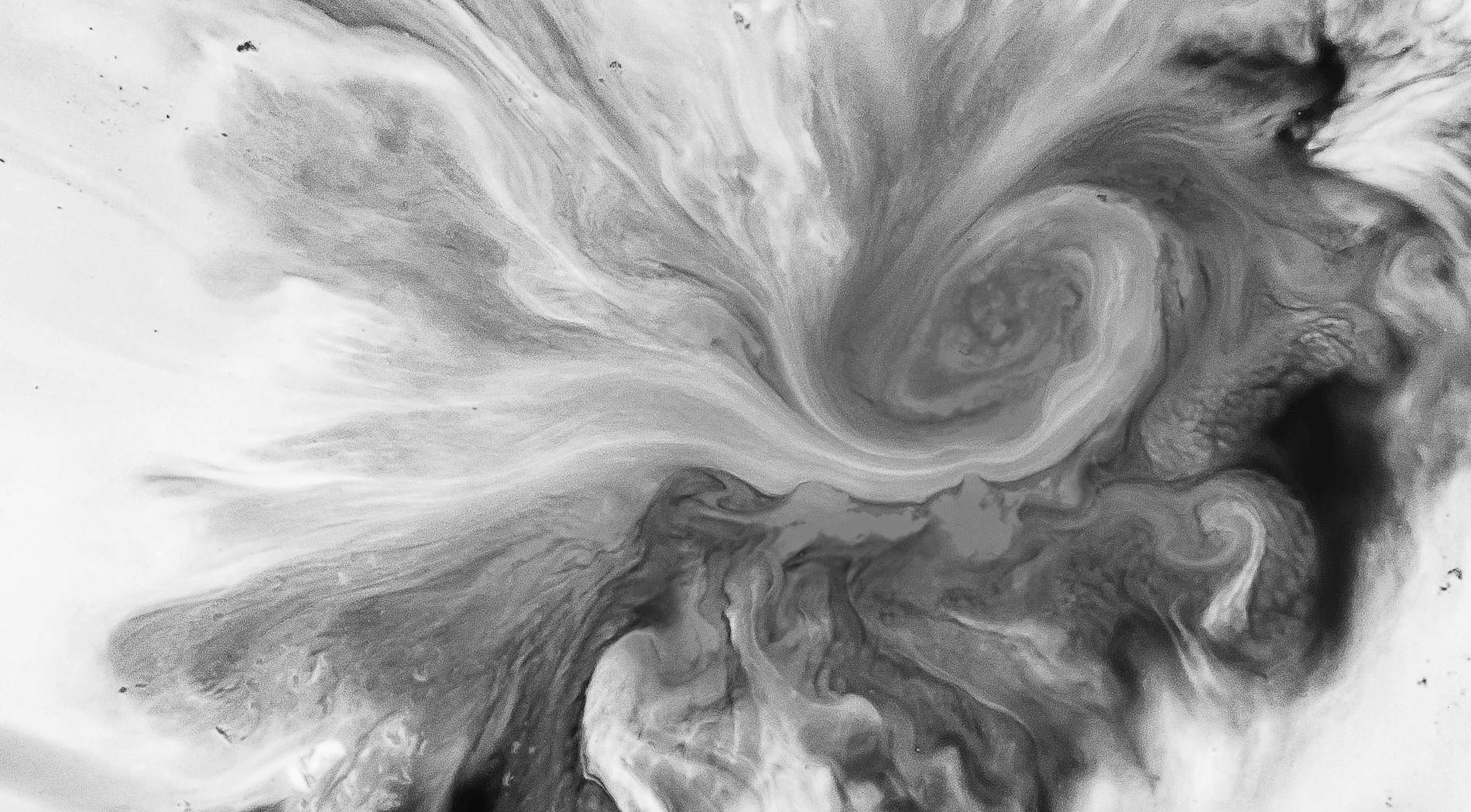Welcome to Outstanding
Documentary Music






Listen to our Best Documentary Music
We know the right song can make or break your project. That’s why every track in our library is vetted by award-winning producers. Hear for yourself. We've curated a playlist with our best documentary music.
Looking for something different?
We got you. From classical to hip hop to indie, our audio library contains thousands of outstanding tracks. Use one of our 13 filters or check out other curated playlists to find what you need in minutes.
BROWSE THE FULL CATALOG
Dead Simple Licensing
Never worry about licensing again. With Soundstripe, your membership covers the cost for every song license. Just find the right track, download the file, and get a custom license. That’s it. No channel or media-specific fees, no recurring royalties, ever. Here’s more good news: you have unlimited licenses. Go ahead, download as many songs as you want.
Building A Narrative With Documentary Music
Each documentary approaches storytelling differently.
Some tackle a topic head-on, using scripted voiceover to deliver exposition. Other documentaries let the visuals tell the story, whether that is establishing shots or still images. And other directors frame interviews in a way that develops a theme over the course of the project.
But there’s one resource that every documentary filmmaker can use to elevate their storytelling.
Whether you want to make a poetic film (with nonverbal narrative), an expository film (clearly spoken message), or any of the other documentary types, background music for documentaries can help you capture the right emotion and subtly build up the storytelling of your project.
How Music Controls A Scene
When you think of the relationship between music and documentaries, you might think of specific films about music. Sure, Woodstock and even This is Spinal Tap continue to be influential takes on the music industry. But background music has a much bigger impact on film than the handful of memorable “documentaries about music.”
At face value, a documentary is a different sort of art form than other types of cinema. Pre-production is more about research than creative brainstorming; post-production forces you to clean up interviews and build a story in retrospect, rather than layering on pieces to add depth.
The power of music, however, is just as important in a documentary as the next blockbuster. But let’s let some examples do the talking.
In Man On Wire (2008), we hear the breathtaking story of Phillipe Petit as he walked across a tightrope between the Twin Towers in 1974.
Yes, what Petit did is incredible. But the interviews in this scene are quiet, almost intimate. Their memories of that day give us a different perspective, and the documentary music really cultivates this unspoken sense of beauty and calmness.
This scene could have hit multiple ways, from anxiety-inducing to inspirational. Instead, we walk away with a poignant awareness of human accomplishment. And Man On Wire creates that emotion without showing footage of Petit’s (probably very terrifying) achievement.
Build Up Narrative Cohesion
In addition to managing an audience’s perception, royalty free documentary music also helps establish cohesion across interviews. More importantly, it can also help set a narrative tone — kind of second nature in a traditional film, but extremely important for most documentaries.
For example, Blackfish took the world by storm in 2013, quickly becoming the gateway experience that pulled millions of viewers into the “Oh, documentaries are cool!” mindset.
That film tackled a topic few people had thought about before, and it mixed live footage with expert interviews. But there was also an inescapable sense of tension or danger in many scenes. Here’s an example:
Blackfish doesn’t have a monstrous beast or a JAWS-tier killer. What it does have, however, is proof that wild animals always have an unpredictable “wildness” about them.
When you combine that with the slow, unusual feel of being underwater, you get something that many people naturally fear. The music absolutely capitalizes on that, and it draws out the uncertain emotions without ever leaning too hard into dramatic tones.
Of course, music choices help shape a viewer’s experience of the documentary’s story. That’s not to say it changes our opinion or manipulates how we feel about things. But what it does do is tie all of the interviews, voiceover, and establishing shots together.
Editing a documentary is a bit like piecing a puzzle together. And choosing the right royalty free documentary music builds cohesion, freeing you up to focus on everything else.
And now that you know why documentary music matters, let’s talk about how to find and use music. You might already have song ideas, or how one specific song could really draw an audience into the story or topic you want to cover.
But first you have to get that song, or at least find something that creates the same emotion.
Find Documentary Music For Your Projects
Resist the urge to drop your favorite ambient or background songs. You might think you have the perfect documentary music already, but unless you’ve licensed each song, you can’t use them in your project. That’s because of music copyright law.
Let’s take a few steps back and look at what this means for you as a filmmaker. Copyright law might seem like an obstacle or even an enemy, but the truth is that it’s a valuable part of how creative industries work.
You wouldn’t want someone to clip a scene from one of your videos and use it in their own project — you put hours of work into it. And even if you would be okay with sharing an epic shot or interview, you would want some form of credit, or even a cut of any revenue it generates.
Well, the same is true for musicians. They’re happy to let other creatives use their songs, but they expect to get credited for the role their art plays in your video’s success. And that goes for everyone who could be considered a copyright holder (songwriter, producer, record label, etc.)
Thankfully, royalty free music makes the whole process easy. Instead of tracking down a dozen different copyright holders to negotiate a licensing agreement, you just deal with a single entity.
We’ll use Soundstripe as an example, since we’re pretty familiar with how we do business.
If you find the perfect song on Soundstripe’s royalty free documentary music playlist, you have two options. You can purchase a license to use that song in your project, or you can sign up for a subscription and get unlimited access to our entire music catalog.
You purchase a song license once and that’s that — no recurring royalties, no haggling, and no risk of copyright infringement claims against your video. Just the perfect documentary music for your next project, from a library that’s easy to manage, and at a price that fits even the smallest indie film budget.


Have questions? Give us a call
855.224.0847
Soundstripe - Unlimited Music for Video
© 2017-2020 A Product of Soundstripe, Inc
Nashville TN



